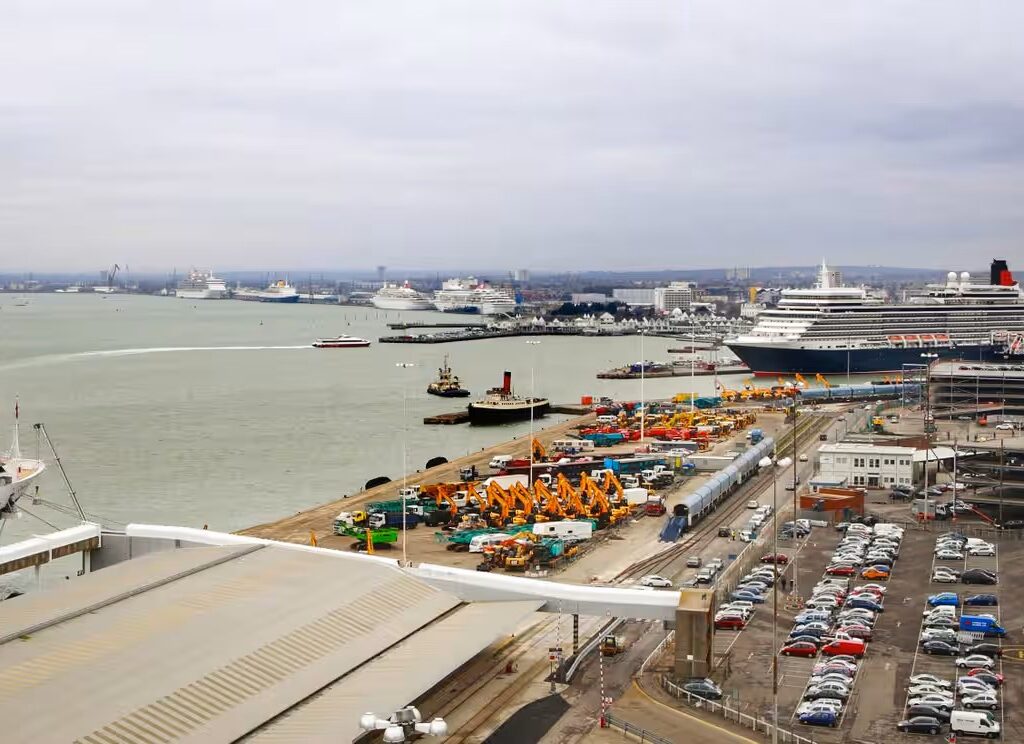
Cruise ships visiting Britain frequently fail to plug into “zero emission” onshore power and instead run their engines, polluting the local environment with fumes.
The industry is under scrutiny over air pollution and contribution to greenhouse gases, with some European cities banning vessels from central ports. Cruise firms say ships can reduce emissions by switching off engines and plugging into low-carbon electricity when moored. But an investigation by openDemocracy has found that cruise ships regularly fail to use shore power at Southampton, Britain’s largest cruise port.
They instead rely on marine gas oil, which contributes to local air pollution, or liquefied natural gas (LNG), which has lower air pollutants but leads to some methane being emitted into the atmosphere. Both fuels contribute to greenhouse gas emissions.
While cruising is one of the fastest-growing tourism sectors, with 31.5m passengers forecast for 2023, there are concerns about its environmental impact. A study published in the journal Marine Pollution Bulletin in December 2021 found a large cruise ship can have a carbon footprint greater than 12,000 cars. An analysis published in June by T&E found that despite introducing a new cap of sulphur in marine fuels in 2020, 218 cruise ships operating in Europe in 2022 emitted more sulphur oxides than a billion cars. Read More
News Credit: The Guardian
Picture Credit: Chris Ison/PA


